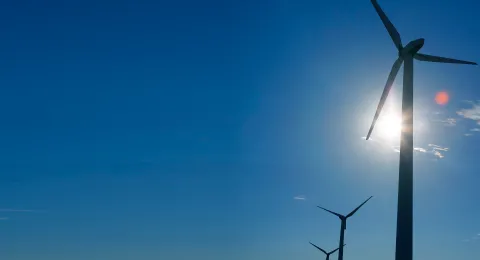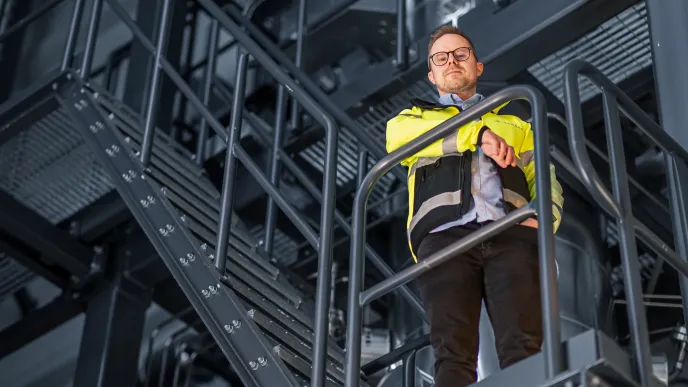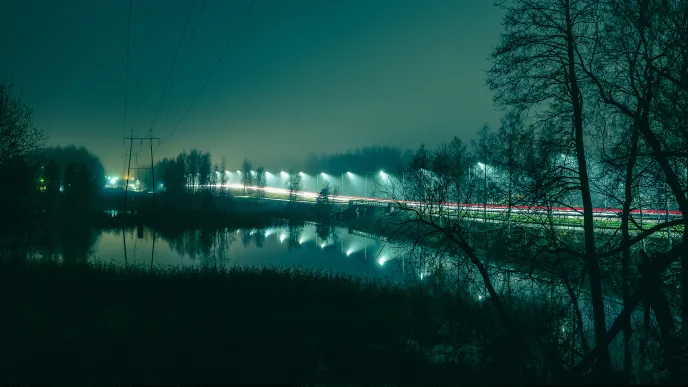North Savo has excellent conditions for investments supporting the hydrogen economy. According to LUT University’s recent study, the region could gain a billion euros in annual revenue from wind and solar power and the hydrogen economy relying on them.
“The wind power business alone could provide an annual tax revenue of 0.2–1.4 billion, depending on the amount of wind power in production. When you factor in the impact of solar power and the hydrogen economy, North Savo could see a total of 1.4 billion in additional revenue – equivalent to the region’s health care and social services expenditure,” says Hannu Karjunen, post-doctoral researcher at LUT University.
Karjunen maintains that the utilization of the hydrogen economy’s side streams , such as oxygen and waste heat, would accumulate even more financial benefits, because they improve the profitability and resource efficiency of different projects.
Subscribe to our Curious People newsletter
Clean energy, water and air are life-giving resources for which we seek new solutions with our expertise in technology, business and social sciences. By subscribing to our newsletter, you stay up-to-date on our latest research and other interesting news.
Agrivoltaics provides new possibilities
North Savo’s wind power potential relies mostly on Finland’s 400-kilovolt main grid and other electricity distributions grids. To boot, the region has many suitable locations for solar farms.
“For instance, solar farms could be built on peat bogs, decommissioned agricultural areas and, in some cases, on sparsely wooded peatland. North Savo also has suitable land areas for agrivoltaics,” says Otto-Eeti Räisänen, post-doctoral researcher at LUT University.
Agrivoltaics refers to combined solar power production and agriculture: solar panels are installed on agricultural land in a way that enables farming to continue. Panels could be placed on either cropland or livestock pastures. However, the suitability of northern conditions for the purpose needs further research.
Nature and landscape preservation a key consideration
To make the most of North Savo’s wind and solar power potential, many factors need to be considered. In the region’s eastern parts, close to the national border, wind power must be coordinated with air surveillance. The electricity grid also needs improvement, especially in the east–west direction.
“Nature and landscape values, residential areas, and technological development also need to be taken into account in project planning. In addition, the costs of hydrogen technology are still quite high, although research and production technology development can help to decrease them, as we have already seen with solar power technology.”
Necessary permitting processes and the national application of EU legislation are also important considerations in future construction projects.
LUT University studied the hydrogen potential of North Savo in a project funded by the Regional Council of North Savo through development funding for regional ecosystems in North Savo (AKKE) and the North Savo Development Fund. The report is available in LUT University's publication repository (lutpub.lut.fi) and is one of many hydrogen-related studies conducted by the university. A similar research project on South Savo is also underway, and its results will be published soon.
Four questions:
What was studied in North Savo?
1. How much wind and solar power does North Savo currently produce?
So far, wind farms have only been built in Leppävirta, where there are three turbines with a total capacity of 10 MW. Additionally, there are plans for new construction projects involving 300 turbines.
At the Joroinen Airport, 4 MWp of solar power is produced annually for industrial use, and permitting processes are underway for solar power capacity of approximately 470 MWp.
2. What does “hydrogen potential” mean, and how can it be fully reached?
Wind and solar power production increases the hydrogen potential of the region, as solar and wind energy are used in electrolysis to split water molecules into oxygen and hydrogen. Hydrogen operations, in turn, can be strongly integrated with existing industries. The hydrogen economy could benefit significantly from harnessing waste heat, utilizing oxygen for industrial purposes, and refining hydrogen.
A region needs skilled labor and advanced logistics to reach its full hydrogen potential – from ensuring the availability of raw materials to bringing final products to market. Energy storage also plays a key role.
3. Why is it important to study the energy potential of different regions?
The better we understand the strengths of different regions, the better we can prepare for the future and decide on new locations for energy production. Research helps find solutions that maximize societal well-being with minimal environmental and social impacts.
Furthermore, decentralizing energy production across Finland is beneficial because it helps to balance the fluctuation of wind power production, improves employment and vitality in regions, and reduces the need for energy transmission.
4. Why is an energy production surplus important for North Savo?
Industries locate to areas where affordable energy is available. In turn, they contribute to the vitality of the region in many ways. The more hydrogen products are processed locally, the more money stays in the region.
These questions were answered by post-doctoral researchers Hannu Karjunen and Otto-Eeti Räisänen from LUT University’s energy technology department.
More information:











